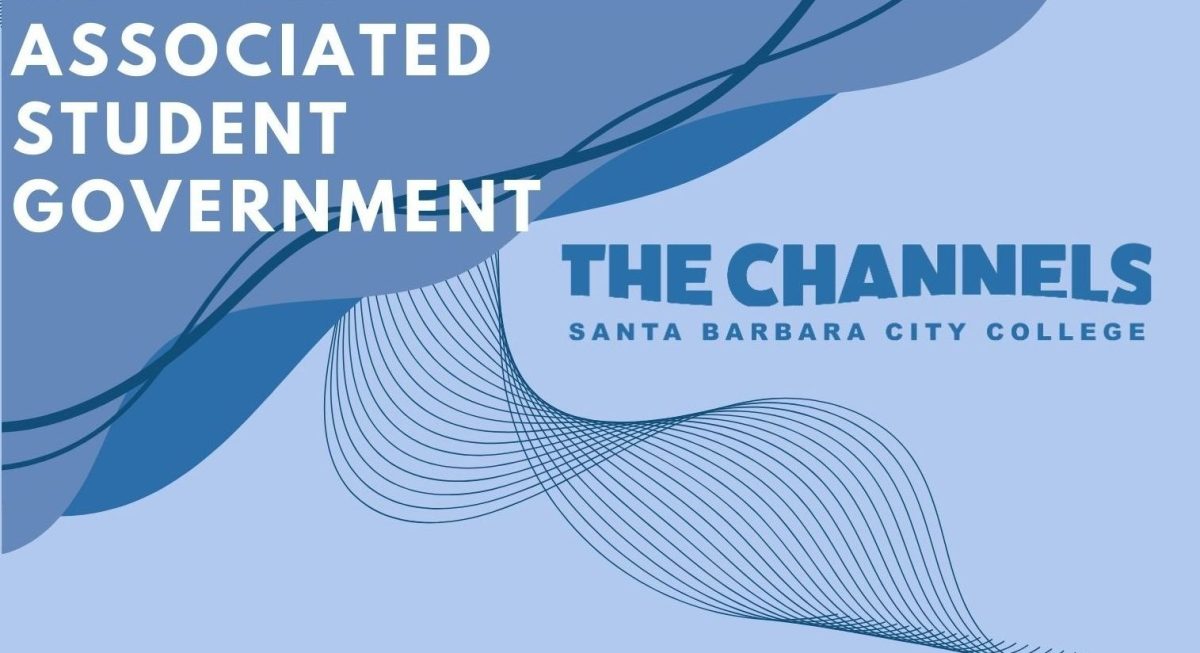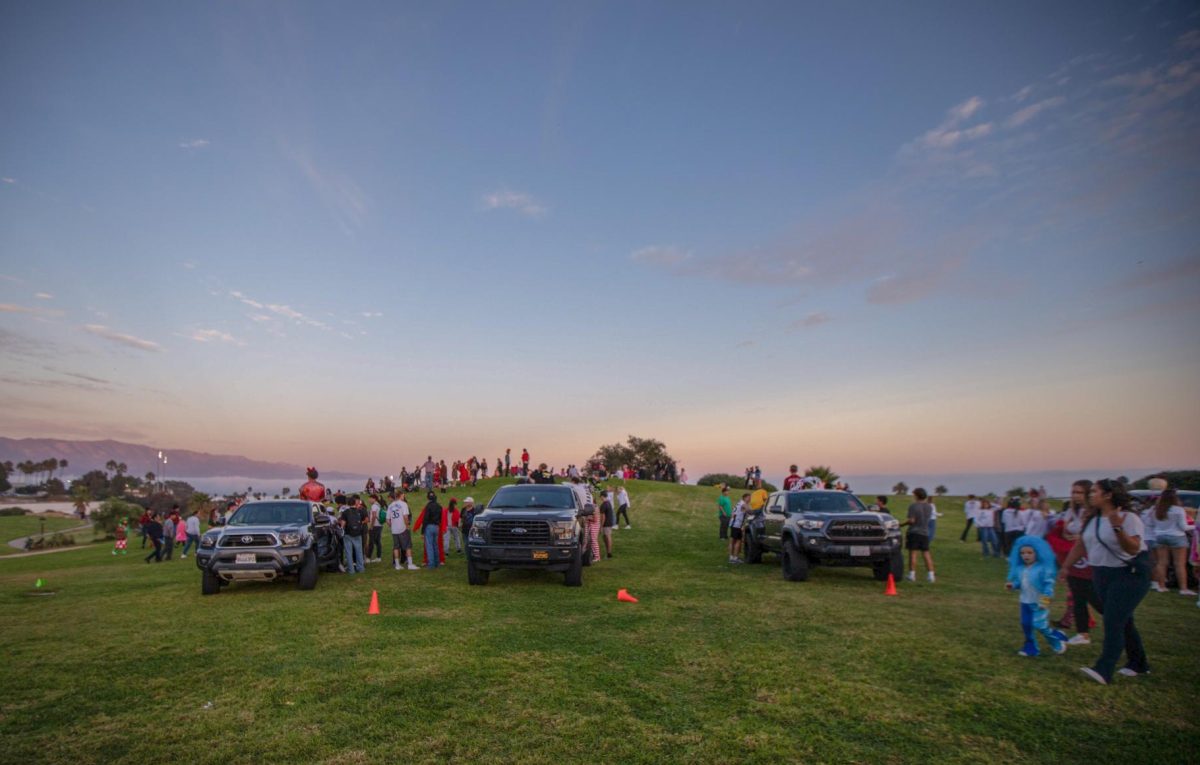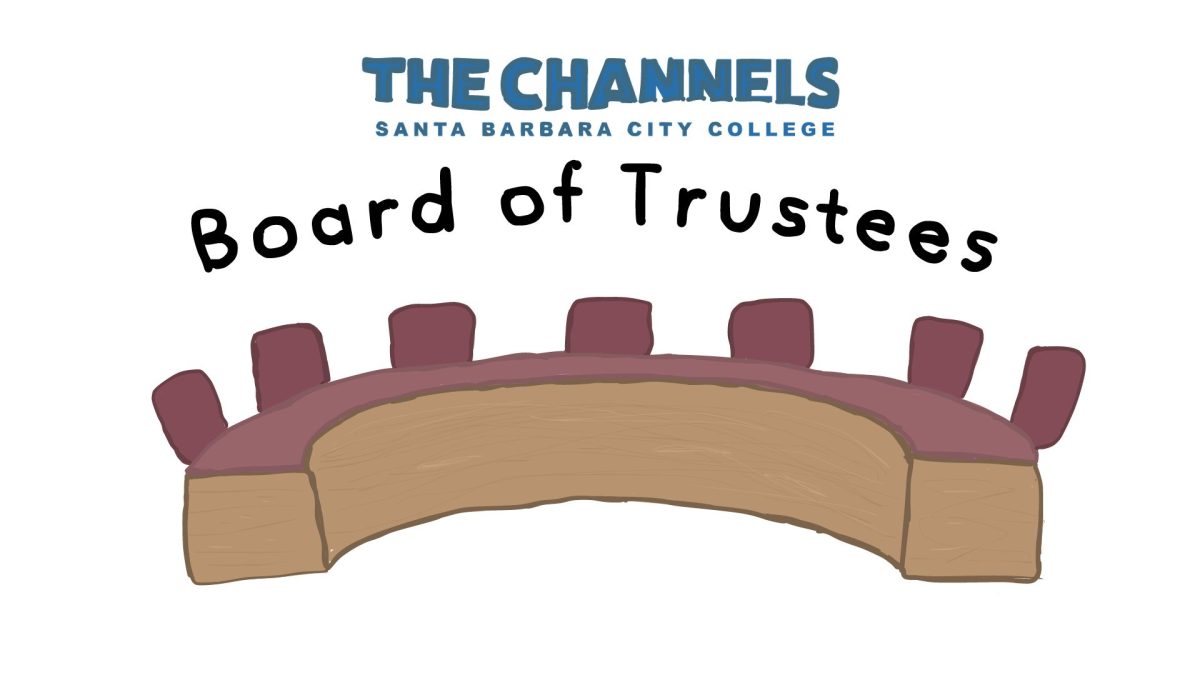Two victims of the nuclear bombing of Hiroshima shared experiences on Sept 16 in a speech sponsored by The Nuclear Age Peace Foundation at a crowded Fe Bland Forum on West Campus.
“We are not born to go to war and kill people and be killed,” said Junko Kayashige, one of the speakers, through an interpreter. “We are born to build peace.”
Kayashige was 6 when World War II ended. She remembered Aug. 6, 1945 as a fine day, with a beautiful sky. Kayashige and her youngest sister went to her uncle’s house to visit. They were not there long before they heard a plane in the sky.
“I must have passed out,” she said, “because when I woke up, I was lying in the backyard, in the ground.” Her uncle, aunt, sister and cousin were all sprawled in the dirt as well, but all of the furniture from the house had been blown away. Out on the street an old woman lay crying for help, pinned to the ground by a fallen stone fence that was too heavy for them to lift.
Kayashige panicked and started to run. As she ran, she saw people with skin hanging from their arms. Some were barely walking, and others were almost ghostlike.
Later her father brought her sister home. Her back had been badly burned, and was already filled with maggots.
No medical treatment was available, so Kayashige and her family could only pick out the maggots by hand, an excruciatingly painful process. Kayashige’s sister died 10 days later from radiation poisoning.
At one point, Kayashige showed a picture of her family. She stepped back from the microphone and brought her hand to her face, which had suddenly become tight with pain. Tears sprang to the eyes of a woman in the second row as the audience waited for Kayashige to regain her composure.
The picture was the last one ever taken of her two sisters, both of whom died. She also lost her uncle, a man she described as a sweet and good man, who used to sing to her.
Kayashige was also badly burned on that day. With medical treatment she was able to heal.
“Burns and injuries from glass heal if you put medicine on them, but radiation, it gets in your body, and creates new diseases,” said Kayashige who was diagnosed with thyroid failure 13 years ago.
She was able to recover, but both of her remaining siblings now have cancer. These lasting effects are a daily reminder to Kayashige of the atrocities of that August day.
Today there are some 250,000 survivors, with many more who are not officially recognized by the Japanese government. The speech may have helped people remember that the effects of those bombings are not a thing of the past.
For more information see The Nuclear Age Peace Foundation’s Web site at www.wagepeace.org







